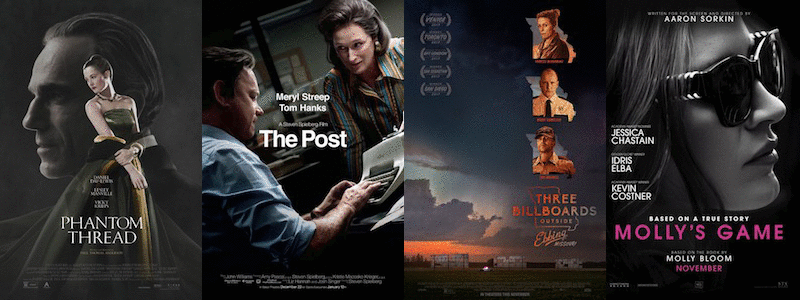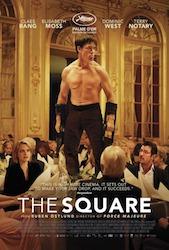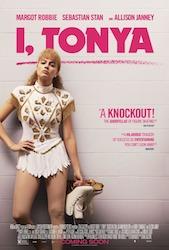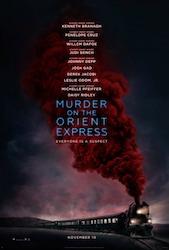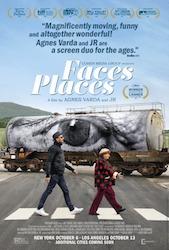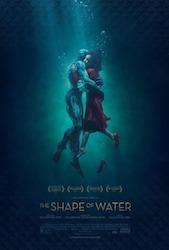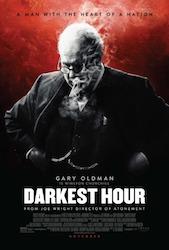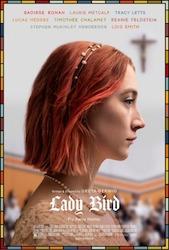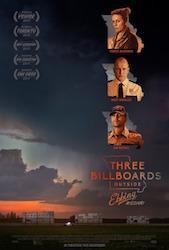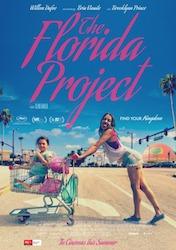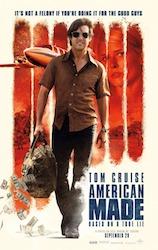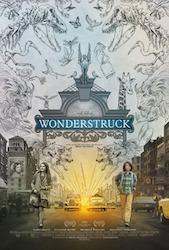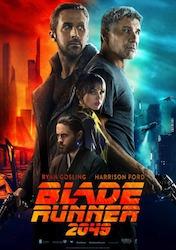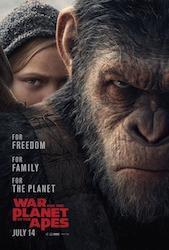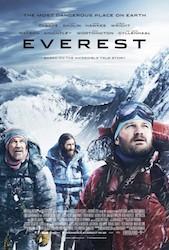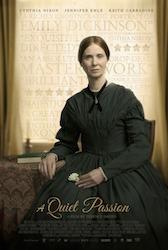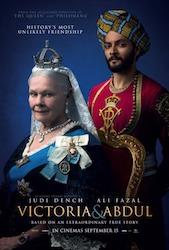“Roman J. Israel, Esq.” - There are two Denzel Washingtons in this film. The first is a lawyer named Roman J. Israel, Esq., and he’s out of his time. He has spent his long career writing briefs for his partner, who did the court work. It’s the present but he’s inappropriate as an attorney for a variety of reasons: he sports an Afro of sorts and he’s dressed like a schlump. His sport jacket is too big, reflecting his lack of interest in money. And, physically, he looks and walks awkwardly. I kept having the feeling he was going to turn into someone like Urkel. The other Denzel Washington, also in the form of Roman J. Israel, Esq., speaks articulately and intelligently and obviously has spent his life concerned about justice, the fairness of the legal system, and the way it has treated African-Americans. He has a photographic memory and is described by one of the other lawyers as a savant. When Israel’s law partner suddenly becomes incapacitated (and ultimately dies), Israel is turned out of his own firm by his partner’s family which has asked attorney George Pierce (Colin Farrell) to deal with ending the firm. And this is where the first flaw in this film occurs. Israel rejects Pierce’s offer of a job, and seeks one, unsuccessfully, with a civil rights activist group being run by the admiring Maya Alston (Carmen Ejogo). Then suddenly Israel shows up at Pierce’s firm to start a job as if nothing had happened. No explanation given. This is not the only strange segue in the film, either due to problems with the script or the film editing. And then the story takes another strange turn, with Israel doing something so unethical as to contradict the essence of his character, although it can be chalked up to desperation at his circumstances. Denzel Washington, nominated for an Oscar for this performance, is always an experience to watch. His power and charisma dominate the screen. Colin Farrell, usually seen as a tough street-wise character, shows off his acting talents as a slick, clean-cut, and well dressed head of a major law firm. Carmen Ejogo provides a pleasant performance as the civil rights activist who takes a liking to Israel despite his idiosyncracies. This is a curious film, but still, despite its flaws, worth a viewing. B (2/25/18) | |

